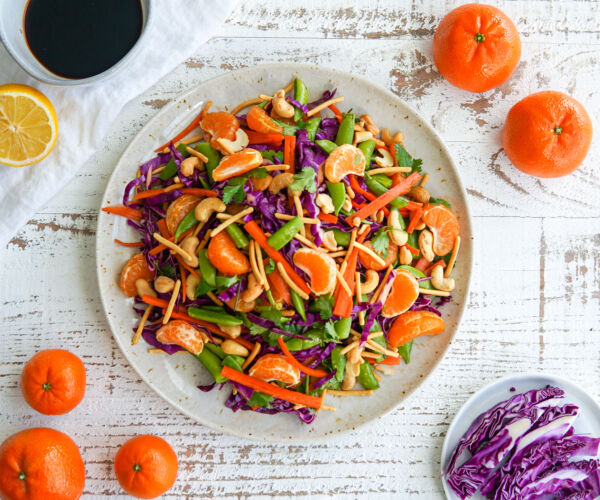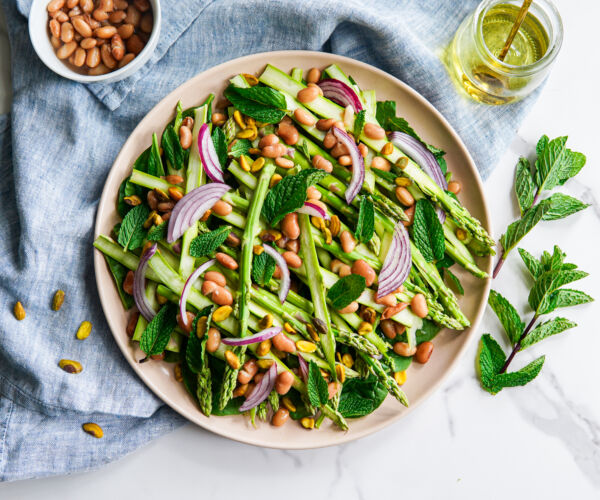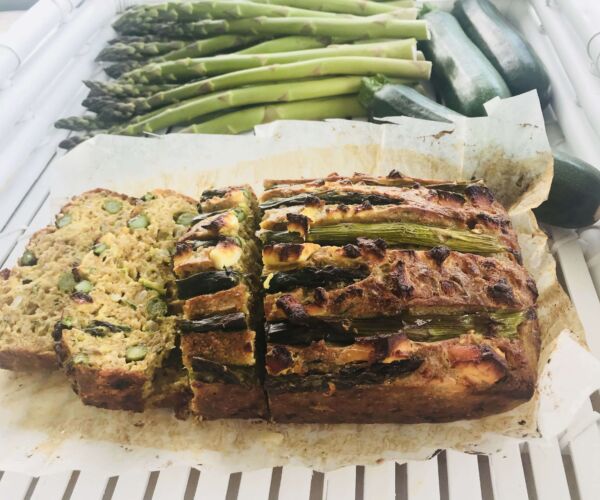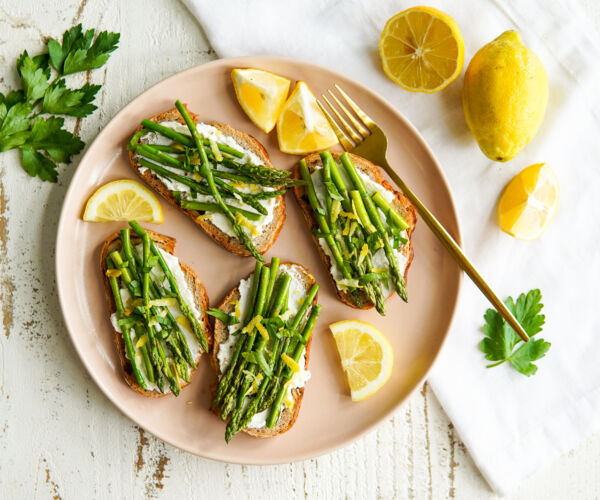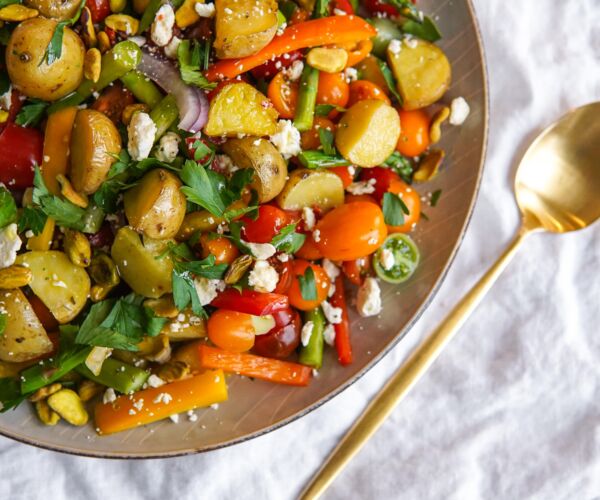Fresh Herbs
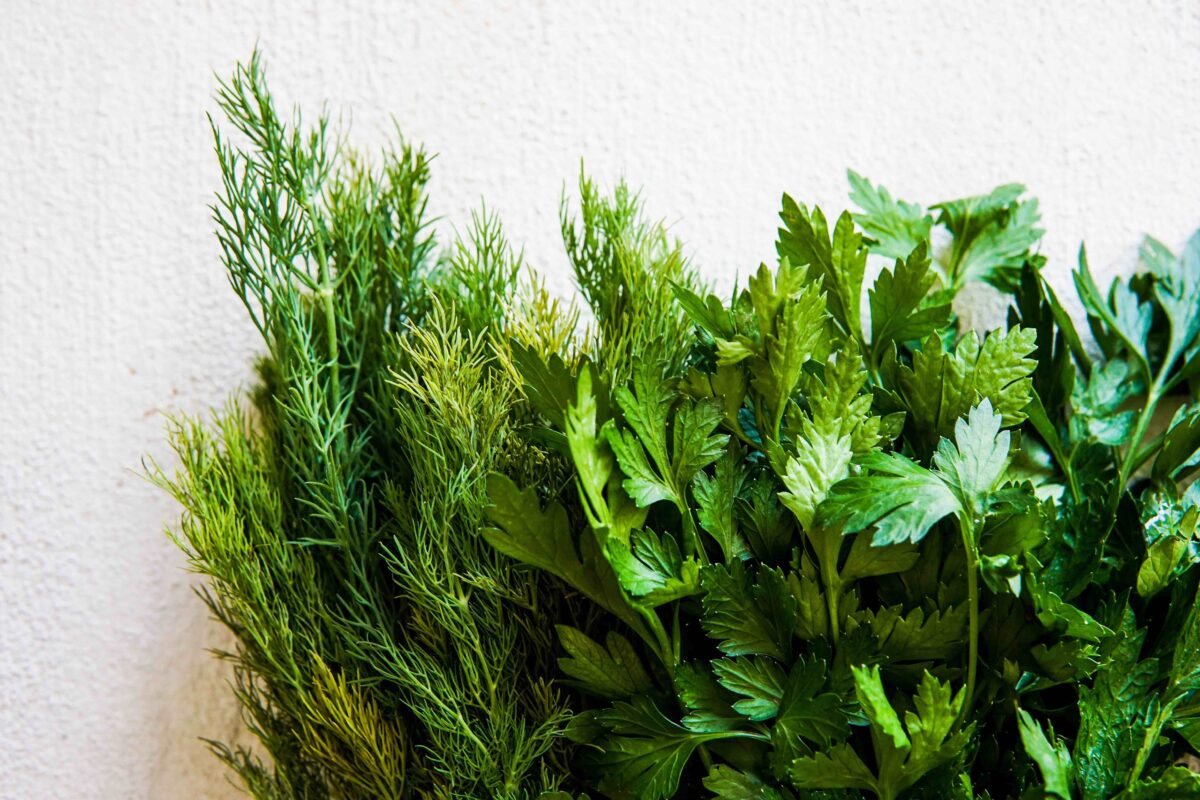
Fresh Herbs/Amiami
Availability
Most fresh herbs are available all year round although supply tends to be more limited in winter months. See individual listings for a more precise guide. Hydroponic growing has extended the season ensuring a more reliable supply.
Storage and Handling
Store in the refrigerator (for cut herbs), if they are whole keep in their original packaging and water (use a saucer to catch excess water). Handle all fresh produce with care and wash before eating.
History
Facts
- Basil: (Fully available November to April, more limited supplies for rest of year) Many varieties of basil with differing leaves and intensity of flavour are available. These include Sweet Basil, the most commonly found; Dark opal, a dark purple leafed basil; Lettuce Leaf Basil which has very large green leaves; and Fino Verde which is green with very small leaves
- Basil has a sweet strong spicy flavour which will improve almost all salads and savoury dishes. Basil has many medicinal uses and is also known to deter flies
- Bay: (Available all year) Bay leaves are used to flavour stocks, stews, marinades, and soups, they are generally added at the beginning of cooking and removed before eating. Fresh leaves have lots more flavour than dried ones. Bay is the basis of much French cooking, bouquet garni has many variations but a bay leaf is essential
- Borage: (Oct - April) Borage tastes refreshing and cooling with a slightly bitter, cucumber flavour. The light purple flowers are most commonly used and look great as a garnish on salads or desserts. The leaves are not really that palatable as they are ‘hairy’ or slightly ‘prickly’, if you do use them for their taste select the small young leaves, they can be used raw in salads or lightly cooked with other green vegetables. The flowers can be set in ice cubes or crystallised, both of which look very impressive
- Chervil: (April - Oct) Chervil is a mild herb and a generous quantity of chopped leaves are best added fresh just before serving as the light flavour is quickly lost. It can be put in all sorts of salads, or sprinkled over lightly-cooked vegetables or soups. Chervil is much like parsley but is more subtle, it goes well with egg dishes, meats, poultry and fish
- Chives: (All year round with supply most plentiful Sept - May) Chives are a member of the onion family and have a mild onion flavour. They are a really versatile herb with lots of uses - garnishing, in salads, vegetable and egg dishes, with fish, chicken and mild flavoured meats. Chives should be added to a dish just before serving because too much heat can destroy the flavour
- Garlic chives are also available. The leaves of garlic chives are flat, not hollow and circular as in standard chives, and they have the distinctive taste of garlic
- Calendula Flowers: The petals of calendulars can be plucked and added to salads for colour. They are mainly used for decoration as there is little flavour
- Coriander: (All year round) Fresh coriander is also known as cilantro. Coriander has a distinctive strong aromatic and spicy flavour. Coriander leaves stems, roots and seeds are used. The seeds may be used whole or ground and are one of the main ingredients of curry powder, hence coriander is found in many Indian recipes
- Cornflowers: (November - May) The petals of cornflowers can be plucked and added to salads to provide colour. Blue cornflowers are more likely to be found though the pink and whites are also edible
- Dill: (October - April) Dill leaves and seeds have a mild aniseed flavour which is similar though slightly sweeter and more aromatic than fennel. Small quantities of freshly chopped dill taste great in fish dishes and pickles, with steamed vegetables, salads, soups, egg dishes and sauces. If fresh dill is not available, fennel can be used as a substitute
- Fennel: (April - July) Fennel grows wild by the roadside, may even be in your garden! It looks a bit like dill and tastes much the same. Small quantities of the leaves can be chopped up finely and put in salads or sprinkled over steamed vegetables. Fennel goes well with fish, soups, egg dishes and sauces. The seeds are used too, and have a stronger flavour
- Bronze Fennel, has distinctive dark feathery leaves and makes a particularly stunning garnish. It tastes similar to green fennel
- Horseradish: (Roots: April- May, Leaves: October - May) Horseradish is a hot tasting root which is scrubbed, peeled and grated. Small amounts of grated horseradish may be added to salads or steamed vegetables as a flavouring. It can also be mixed with lemon juice, vinegar and/or cream or sour cream to make horseradish cream or sauce - a perfect accompaniment to beef, smoked fish and egg dishes. Horseradish loses much of its piquancy when added to hot dishes. Young leaves are excellent in salads and sandwiches, especially with smoked fish
- Lemon Balm: (October - April) Lemon balm leaves give a delicate lemon sweet flavour to vegetable and fruit salads, punches, soups, sauces and stuffing. It can be used in place of grated lemon rind
- Lemon Grass: (November - April) A common ingredient in South East Asian cookery, both the bulbous base and the long lemon flavoured leaves are used. The base should be peeled and chopped finely before use. It freezes well. Use anywhere you want an aromatic lemony flavour, it is especially nice with fish, chicken, rice and vegetable dishes. Try adding some leaves to water as you cook rice, or wrapping around a whole fish before cooking
- Lovage: (November - April) Lovage leaves have a slightly yeasty flavour and are a welcome addition to salads, casseroles, soups and sauces. Young lovage leaves and stalks can be chopped and simmered or sauteed and used as a vegetable by themselves, treat as you would celery. Lovage is not very widely available
- Marigold: (November - April) Marigold, very similar to calendula, flowers make an attractive edible garnish for all sorts of dishes. They can also be added sparingly to salads. The petals can be used in place of saffron and will give colour to many dishes especially rice and egg dishes
- Marjoram: See Oregano
- Mint: (All year) Mint is one of the most popular herbs in New Zealand. It is exceptionally good in flavouring salads, dressings, sauces and soups. Finely chopped mint sprinkled over salads and lightly-cooked spring vegetables is always popular. Whole leaves are an attractive garnish in desserts, fruit juice or punch
- There are many varieties of mint available, including apple mint, pineapple mint, peppermint and spearmint. Apple mint is available commercially and has soft textured leaves which are slightly rounded and variegated
- Vietnamese Mint: (October - April) Sometimes called Vietnamese Coriander, has pointed leaves which are darker than standard mint. They are sometimes lightly variegated with a dull dark red. Vietnamese Mint and has a strong flavour and as the name suggests, is used a lot in Asian cooking
- Nasturtium: (September - April) The leaves and flowers can be eaten in salads. Choose young leaves which have a refreshing peppery taste not unlike watercress. Nasturtium seeds when pickled are used as a substitute for capers. Nasturtium is generally not grown commercially in New Zealand as the flowers are so delicate that they damage very easily
- Oregano: (October - April) Oregano tastes really good with omelettes, stuffing, pizzas, salad dressings, mayonnaise, pasta, sausage, rice dishes and most vegetable dishes, particularly tomatoes, egg plant, courgettes and potatoes. It can be used to flavour vinegars
- There are many varieties which have been developed from a parent plant, oregano or wild marjoram. In New Zealand we tend to use the names oregano, marjoram or sweet marjoram interchangeably and although they are different varieties they are very similar. Oregano is much more widely available
- Parsley: (All year) Parsley is probably the most commonly used herb in New Zealand. It is extremely versatile and can be used with a wide range of foods including most salads, vegetables, soups, stews, dressings, meat and fish dishes. If adding to a cooked dish, it is better to add parsley at the end of cooking because flavour is lost with prolonged heating
- Italian Parsley is also available, whilst having a similar taste to standard parsley, the leaves are flat, not curly, and they look a little bit like coriander
- Pansy: (All year) Hearts Ease pansy, is an attractive edible flower which is used for garnish. It is available commercially in limited quantities.
- Rosemary: (All year) Rosemary is a strong-flavoured herb which is generally used in small amounts. It goes well with lamb, mutton and beef. Rosemary is often used in stuffing and marinades. Vegetables, like kūmara, parsnip, garlic, onion or potatoes, are fantastic when roasted with olive oil and fresh rosemary leaves. Add at the beginning of cooking so that the full aromatic flavour can permeate the food. Whole leaves and the attractive light purple flowers are often used as a garnish. Rosemary sprigs also make excellent flavoured oils and vinegars
- Sage: (October - April) Sage is a strong-flavoured herb which is generally used in small quantities. It is quite a versatile herb which lends itself well to a range of dishes including rich meats, stuffing, onions, soups, sauces, dressings, quiches, pulses, cheese dishes, breads and casseroles
- There are several varieties of sage, some of which do not have the green leaves of standard sage. Pineapple Sage is available commercially and is generally sweeter and more mellow. Try threading whole leaves onto skewers with cubes of meat and vegetables.
- Salad Burnet: (October - April) Salad burnet has a very delicate and pleasant flavour. It is sometimes described as being like a cucumber with a slightly almond taste. It should always be used raw as it tastes bitter when cooked. As the name suggests, salad burnet is great in salads, use only the very young leaves and discard the stems. It is also a very attractive garnish
- Savory: (October - April) Two types of savoury, both are available commercially in limited quantities. Both taste a bit like thyme but are hotter and peppery. They can be used raw or cooked, whenever you want a warm-hot flavour. Summer savory has a more delicate flavour than winter savory. Savory can be added to stuffing, sausages, cheese dishes, steamed vegetables and salads
- Sorrel: Seldom available commercially, sorrel has a sharp taste and gives soups, sauces, omelettes and salads a tangy and refreshing flavour. Sorrel goes well with spinach and silver beet dishes or indeed can replace spinach in a recipe. It has an attractive leaf which looks a bit like young spinach and is a good addition to a green mixed leaf salad
- Tarragon: (November - April) French Tarragon is the most commonly found variety. Raw or cooked tarragon goes well with most vegetable dishes, especially those with a delicate flavour. It is used with chicken, fish, mild meat and egg dishes, in salads, sauces, dressings and makes a lovely flavoured vinegar. Tarragon is key ingredient of béarnaise sauce
- Thyme: (September - May) There are many varieties of thyme and each has a slightly different flavour. Lemon and standard thyme are available commercially and may be used raw or cooked. Thyme can be added to soups, casseroles, stuffing, chicken, meat, steamed vegetables, salads and dressings, or sprinkled on breads and pizzas. Fresh thyme sprigs steeped in vinegars or oils imparts an excellent flavour to marinades, dressings etc. Lemon thyme has a subtle flavour. Pizza thyme, as the name suggests is great on pizzas
- Verbena: (December - April) Lemon verbena is available commercially and can be used raw to impart a subtle lemon flavour to salads or drinks. Verbena flowers are great garnishes and are available in white and a range of pinks/reds
Growing Facts
Nutrition Information
You will find the full Nutrition Information Panel on the New Zealand Food Composition Data website. This website is owned jointly by Plant & Food Research and the Manatū Hauora Ministry of Health. This website holds the most comprehensive collection of high-quality nutrient data for New Zealand foods. The Database is managed and maintained by dedicated Plant & Food Research staff.

